Consider yourself lucky if you were a photographer in the early 90s specializing in editorial and stock photography.
Back in the 1980s, I knew little about the professional world of photography. Yet, I was a devoted photographer and had been photographing since the early 70s. Every spare moment when not working, which was few and far between those early years, was spent capturing nature, particularly scenic landscapes. With an overstuffed camera bag, a sturdy tripod, and rolls of film, I would escape the pressures of running the thriving garden center business my father and I had started in 1980. Photography became my refuge—the one thing keeping me grounded.
My connection with nature was profound; photography was the perfect medium to express that love. It was deeply personal, and I shared my work sparingly, mostly with close friends. I immersed myself in photography magazines during those early years, and Outdoor Photographer quickly became my favorite. I was captivated by the stories of photographers who traveled the country in their truck campers, chasing the perfect shot. For those with tighter budgets, a vehicle with just enough room for a sleeping bag seemed to suffice.
When I could afford it, I purchased large coffee table books featuring my favorite photographers' work. With their high-gloss, premium pages, these books inspired and transported me. I spent countless hours studying their images, imagining myself in those breathtaking locations, and dreaming about what it would be like to hit the road with my camera. Still, I felt inadequate because I lacked the courage to act.
The photographers I admired were free to chase the perfect light and timing. They could travel to the most scenic parts of America during the ideal season and wait for the right conditions to shoot. No matter how technically skilled I might be, I knew I couldn't compete with that. Their proximity to these iconic locations—and the flexibility to photograph them at will—gave them a distinct advantage.
In the mid-80s, I discovered the beauty and utility of native plants and began studying them earnestly. At the time, our garden center carried only a handful, so this became a private project of mine. On local photography trips, I fell in love with the variety of native plants I encountered and decided to try growing them in a woodland garden at home. It turned out to be far more challenging than I'd imagined—suppliers were scarce—but I pressed on, eventually gathering enough plants to get started.
As part of this experiment, I committed to growing these native plants without chemicals. My reasoning was simple: if they thrived without intervention in nature, why wouldn't they do the same in a garden setting?
Seven years later, the results spoke for themselves. My garden was thriving and looked stunning. Proud of its success, I contacted Fine Gardening, the premier gardening magazine, and sent them photos of my garden. To my surprise and delight, they sent an editor to visit. Shortly after, they asked if I'd write an article to accompany my photography. My answer was an enthusiastic "yes," though I expressed concern about the writing. They assured me their editors would help refine my work.
The article appeared in the May/June 1993 issue, and I couldn't have been more pleased. Many of our regular customers at Moore & Moore Garden Center saw the article and became curious about the native plants I'd grown. I displayed a large print of my garden at its peak bloom behind the checkout counter, and it immediately sparked conversations. Customers couldn't believe the photograph was taken a mere twenty minutes from the garden center; some even thought it was from the Great Smoky Mountains.
The demand for native plants skyrocketed. Customers wanted the same plants for their gardens, and I realized I needed to start sourcing them for our garden center. Finding suppliers was no easy task, but I persevered. Soon, we were able to offer a wider variety of native plants to meet this growing interest.
Not long after the article's publication, Fine Gardening approached me again—this time to do freelance photography for the magazine. I said yes, and my life took a dramatic turn. I began taking on photography assignments, licensing stock photographs, and pitching article ideas that I would photograph and write. It was a dream come true.
I also started photographing gardens belonging to customers I knew had beautiful landscapes. Almost everyone I asked was enthusiastic and agreed to let me capture their gardens. They were delighted when seeing them in print. Over time, my inventory of images grew, and I began licensing them to various publishers, magazines, and calendar companies. Before long, my photographs began appearing on book and magazine covers and calendars.
While marketing my stock photography was rewarding, it was also unpredictable. To expand my reach, I wanted to partner with a photo agency. After extensive research, I found what I believed to be the perfect fit: The Garden Picture Library in the UK. I contacted them and was accepted soon after. This significantly boosted my business, and their marketing efforts exposed my work to larger audiences and provided an additional income stream.
Another magazine that entered my orbit was Garden Design. Known for its exceptional articles and photography, it quickly became a favorite. I began supplying them with stock photos and collaborating on articles. The magazine's team was fantastic to work with—they were open to my ideas. Working with their team was inspiring and rewarding, making it one of the most enjoyable parts of my work. I have been permitted to share some of my work with you.
*Garden Design Magazine no longer has a printed version, but you can find their excellent articles here. Garden Design Magazine
The shift from print to digital has changed the game in many industries, especially media, publishing, and advertising. Nowadays, everything's online—news, books, ads—and it's all about speed and convenience. Sure, it's opened up a ton of new opportunities, but it's also been challenging for traditional print businesses to keep up. There are many benefits to moving to a more digital world, especially in terms of how it impacts the environment. As an avowed Tree Hugger, countless trees are saved, which is good. Using less toxic chemicals, such as soy-based inks, for printing is another much-needed innovation. However you look at it, it's incredible to see how digital has completely reshaped how we share and take in information. Many of the publications I worked with in the past are no longer in business. This is a sign of our times.
Looking back on the time when my photography was featured in so many incredible publications, I can only feel grateful. It was a deeply productive and fulfilling chapter of my life when the art of photography was truly valued and celebrated. In hindsight, I can now see that my love for nature ultimately directed me down these disparate paths to make perfect sense of my life. I found my way doing what I loved. Is there any other way?
These days, you can find me leading hikes through native plants and wildflowers, tending to my native plant garden, creating fine art prints in my studio, or standing by a serene river in a beautiful park, framing the perfect shot with my camera.






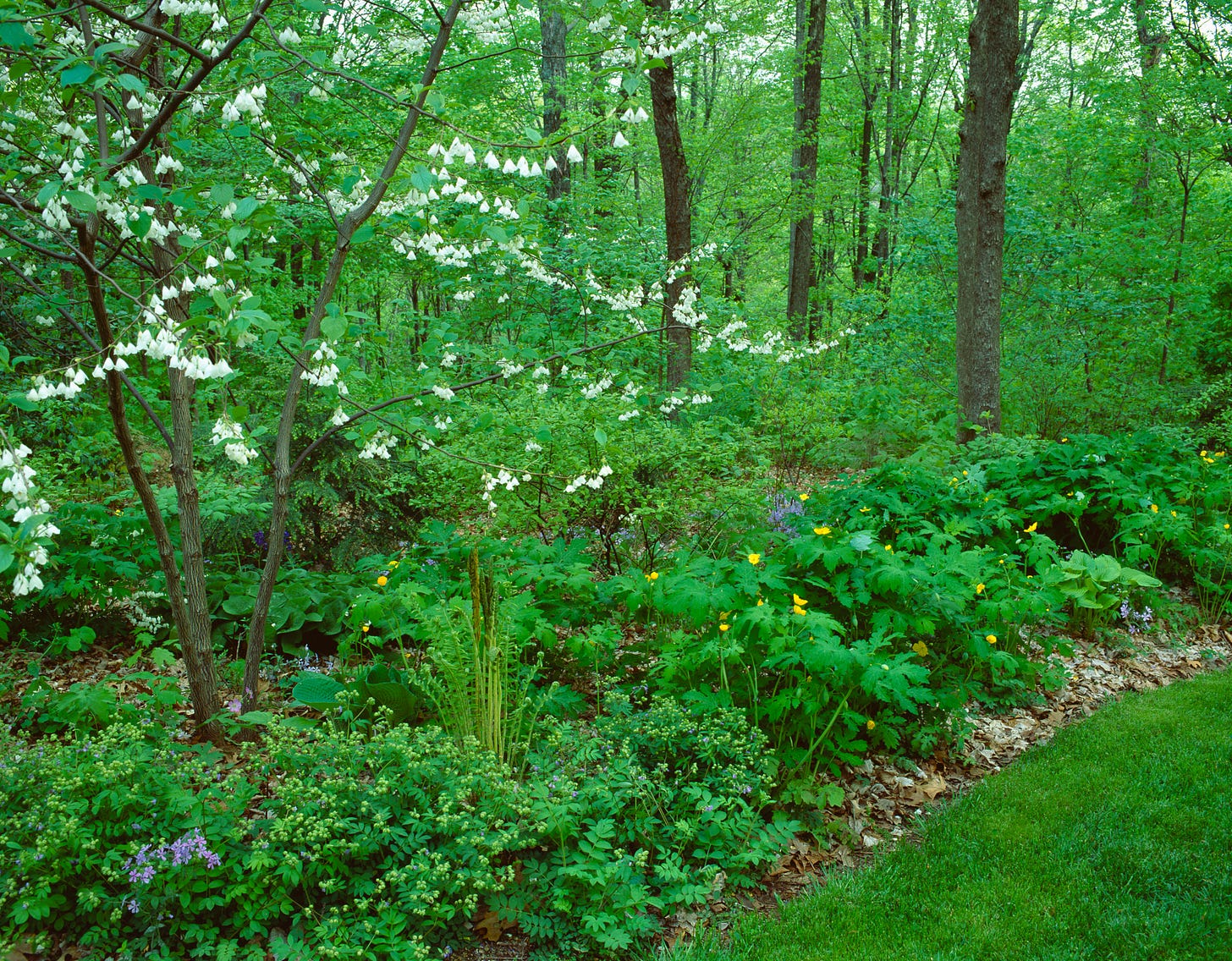
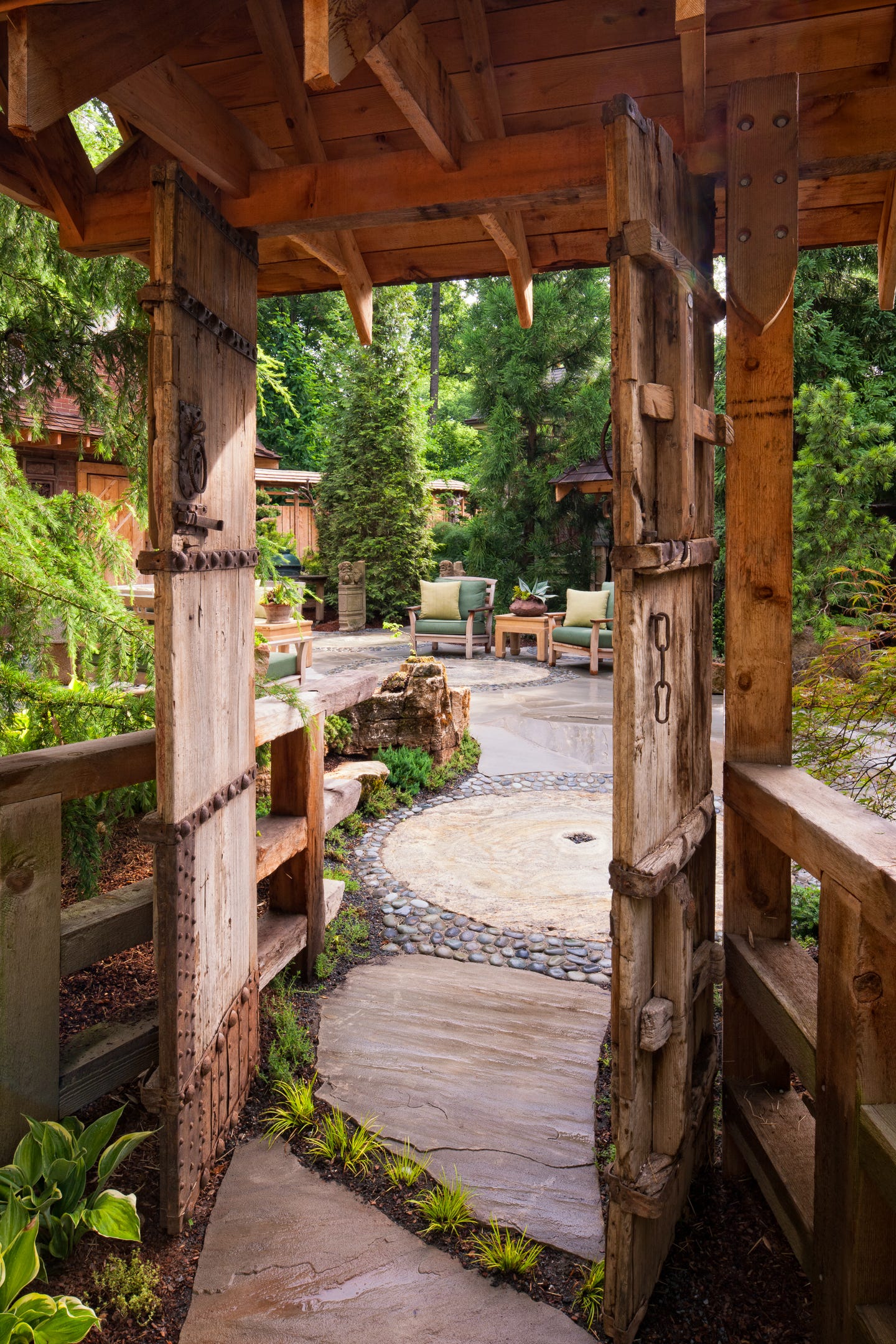

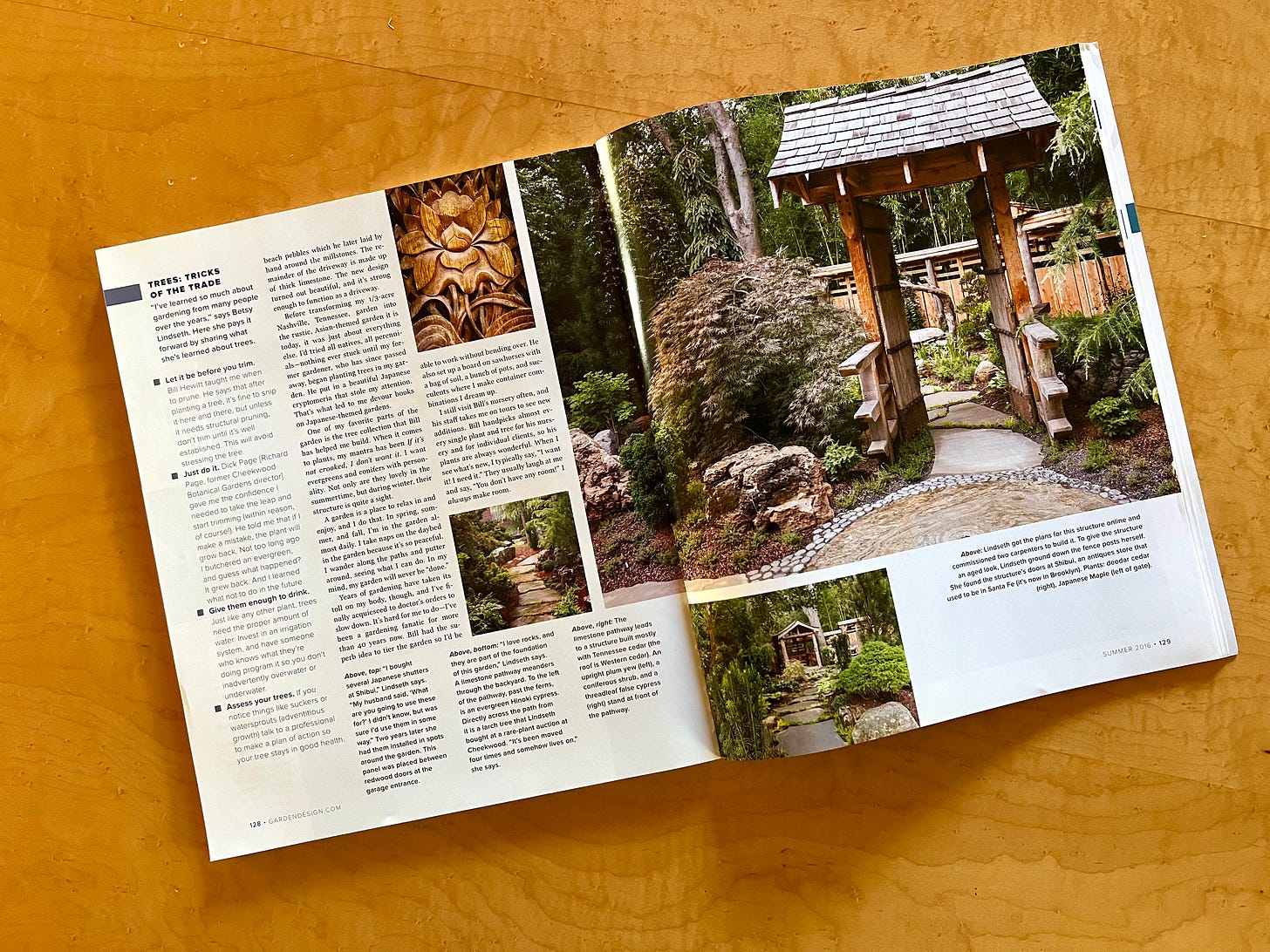
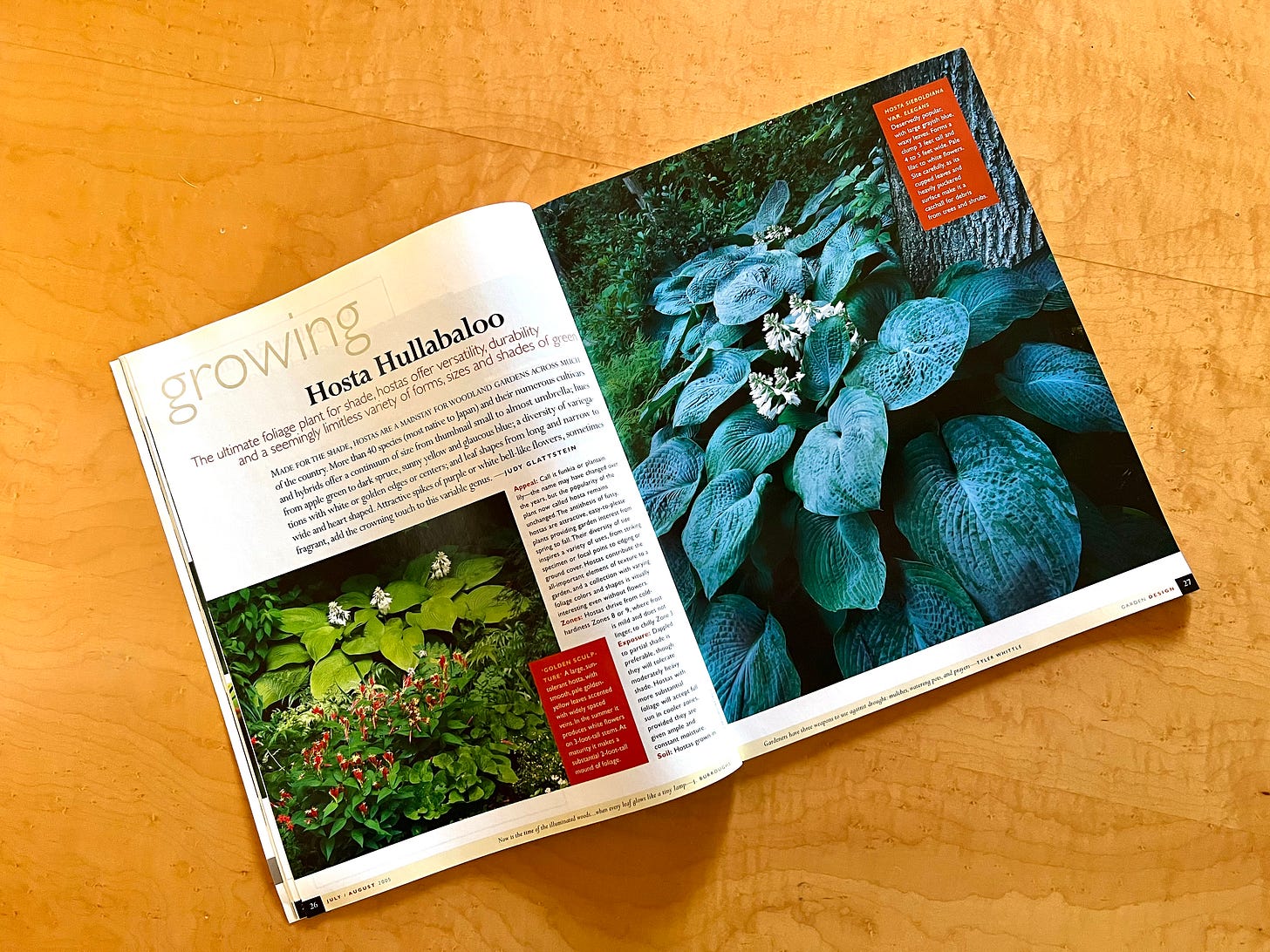

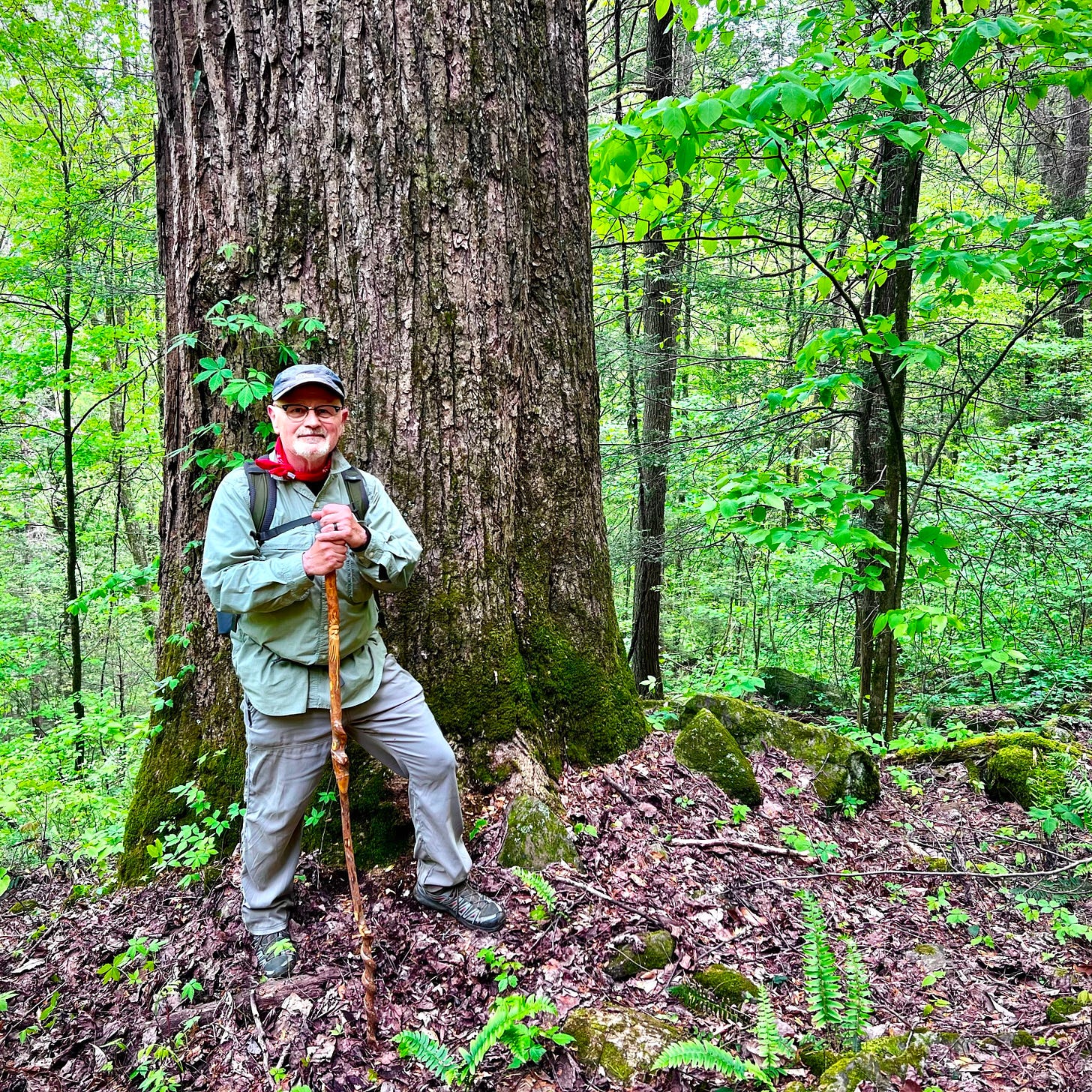
I thoroughly enjoyed your story about how you kept edging your passion for plants and photography a bit further afield. I just published a tale about printing called "Typesetting" on my Substack as this topic has always fascinated me, and have another one under construction. There is indeed something that has been lost as the world of physical print fades away.
Really enjoyed reading your story—it's inspiring how your love for photography and nature evolved into such a meaningful and fulfilling path.